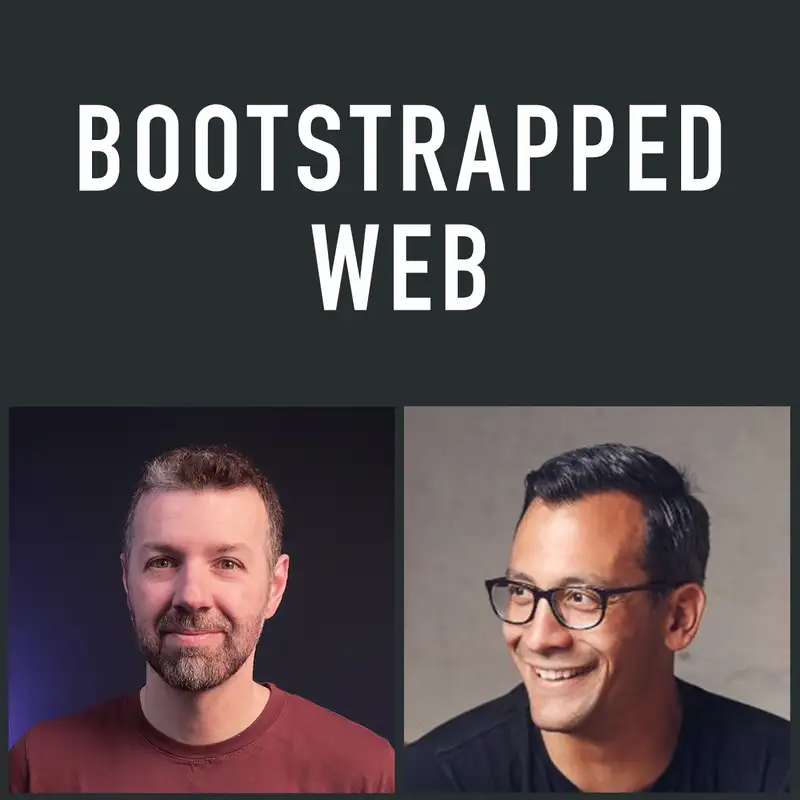Sell to SaaS?
Exploring products that sell to SaaS. Flights. Credit card points. Passover. Elections. Twitter. Validation. No-kids vacations.
Connect with Brian:
Brian's Product Studio: Instrumental Products
Brian's SaaS, Clarityflow
Brian on Twitter: @casjam
Brian on Threads: @brian.casel
Connect with Jordan:
Jordan's company, Rally
Jordan on Twitter: @jordangal
Jordan on Threads: @jordangal
Exploring products that sell to SaaS. Flights. Credit card points. Passover. Elections. Twitter. Validation. No-kids vacations.
Connect with Brian:
- Brian's Product Studio: Instrumental Products
- Brian's SaaS, Clarityflow
- Brian on Twitter: @casjam
- Brian on Threads: @brian.casel
Connect with Jordan:
- Jordan's company, Rally
- Jordan on Twitter: @jordangal
- Jordan on Threads: @jordangal
